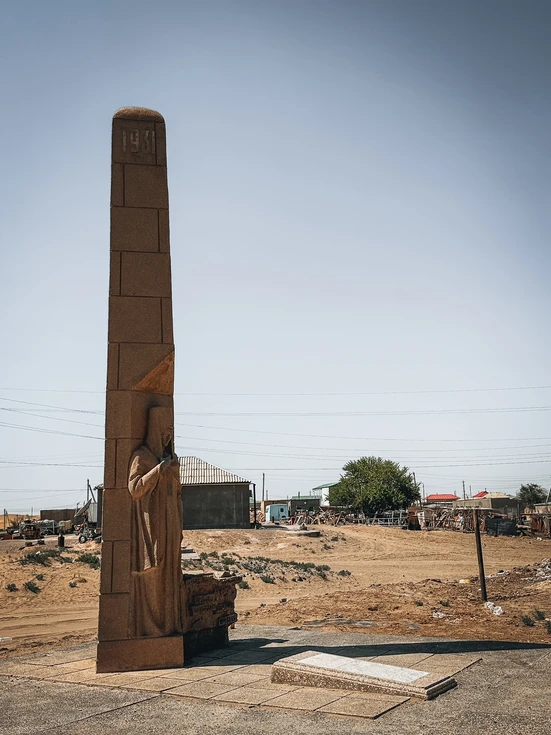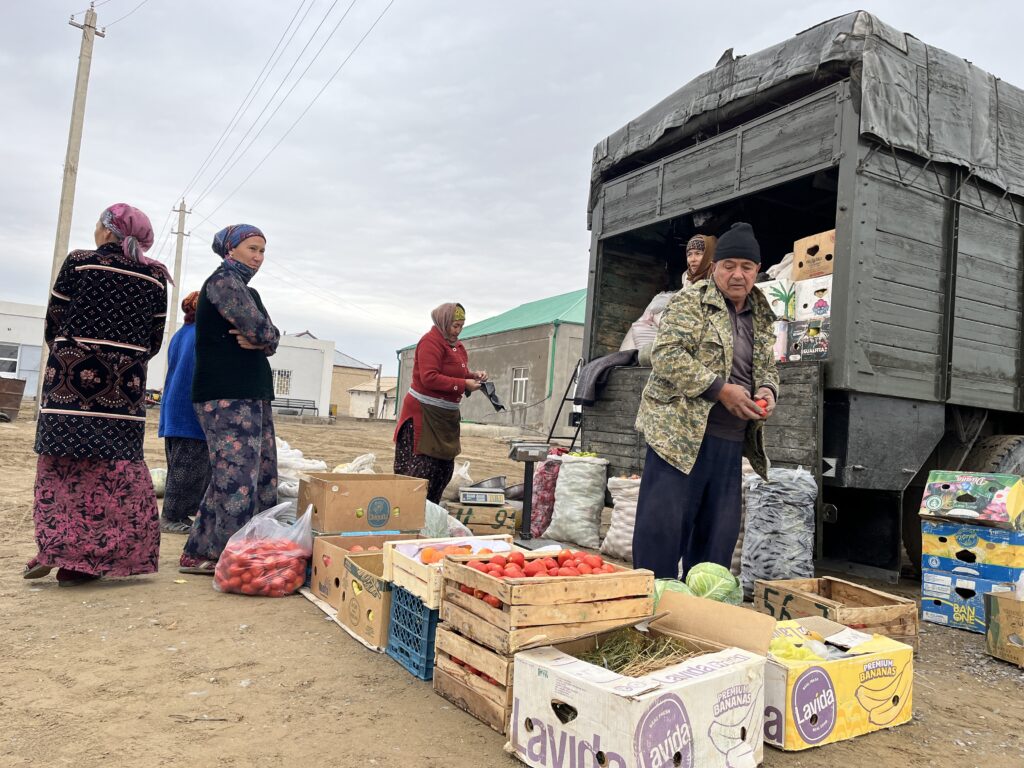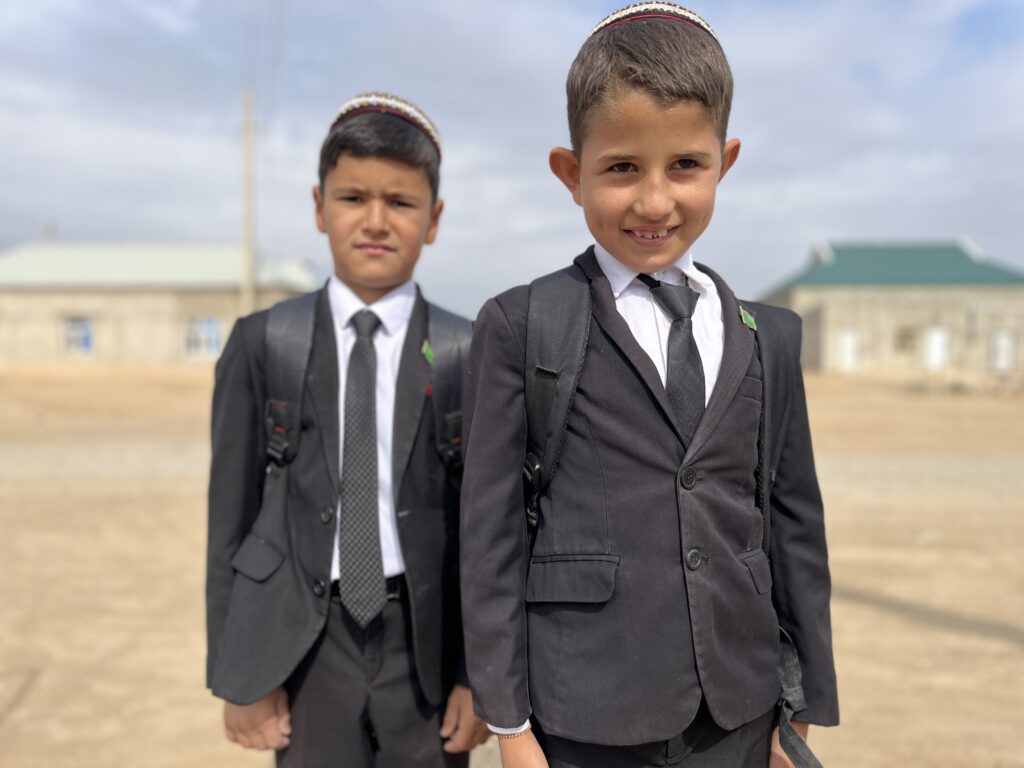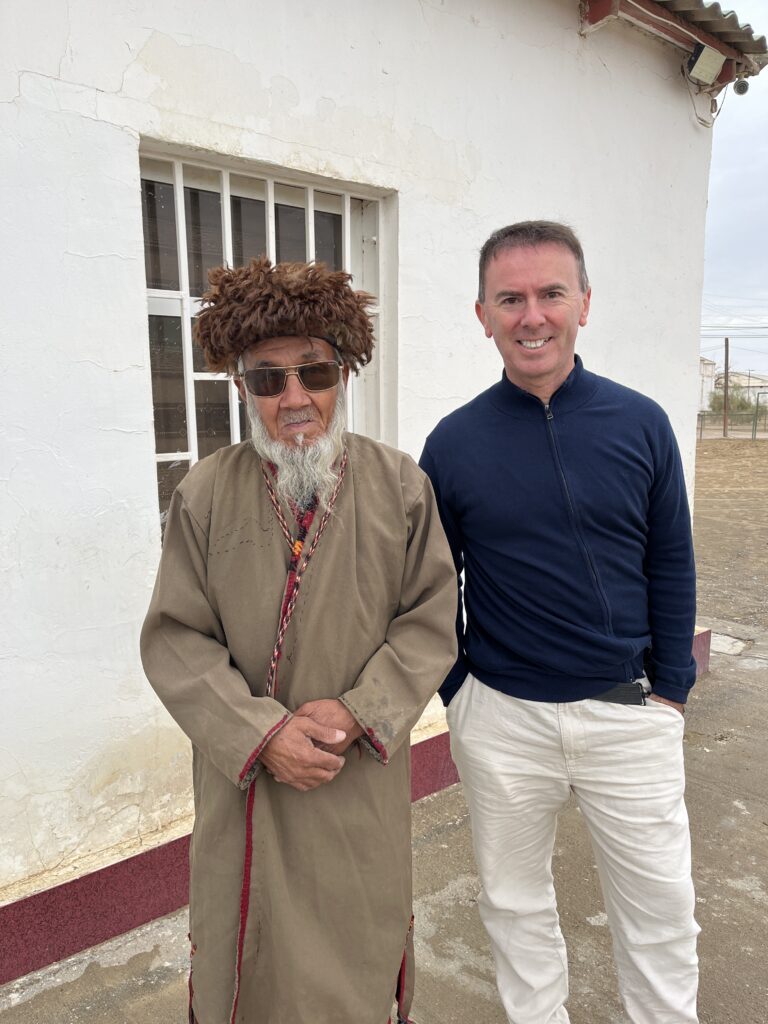
Turkmenistan is one of the most fascinating yet secretive countries in the world. Sometimes called the North Korea of Central Asia – it is notoriously difficult to gain access to this landlocked central Asian country which sits on a historically crucial ancient Silk Road junction with a history dating back four thousand years to 2000 BC and the breakup of ancient Persia.
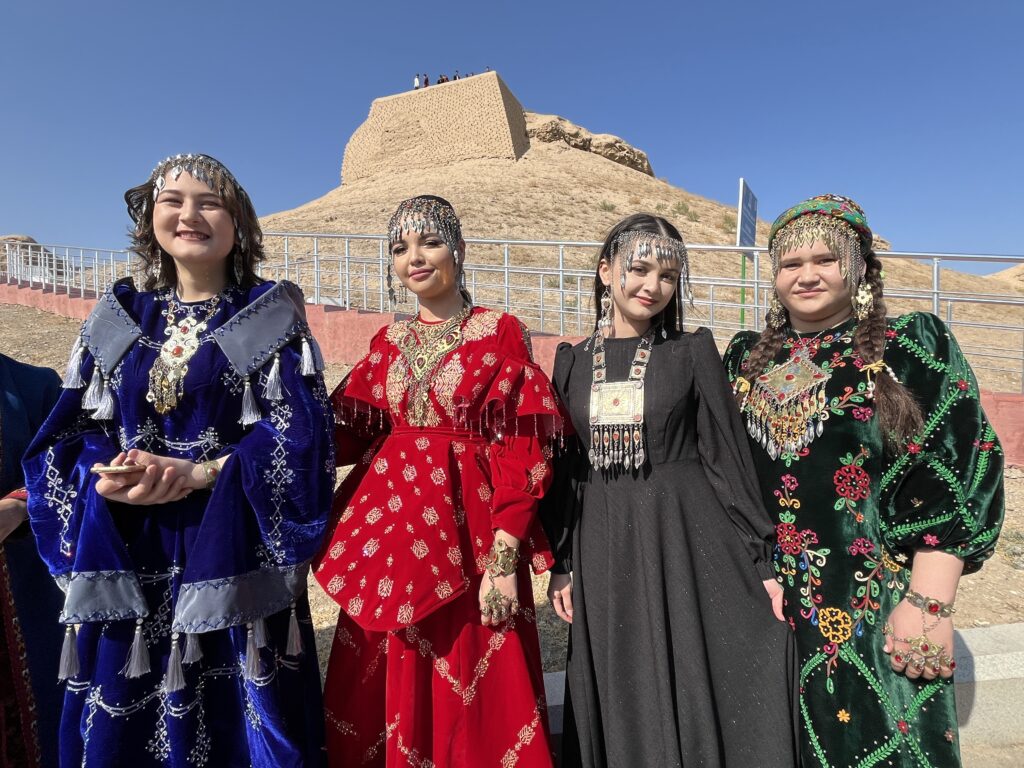
Visa & LOI
You must be invited to Turkmenistan by the State Migration Services. They will issue you a Letter of Invitation (LOI) which will grant you a Visa on Arrival (VOA) at the airport. Mine was arranged through a local guide named Murad (muradturkmen@mail.ru )who I recommend. . Tourist visas without a guide are not possible.
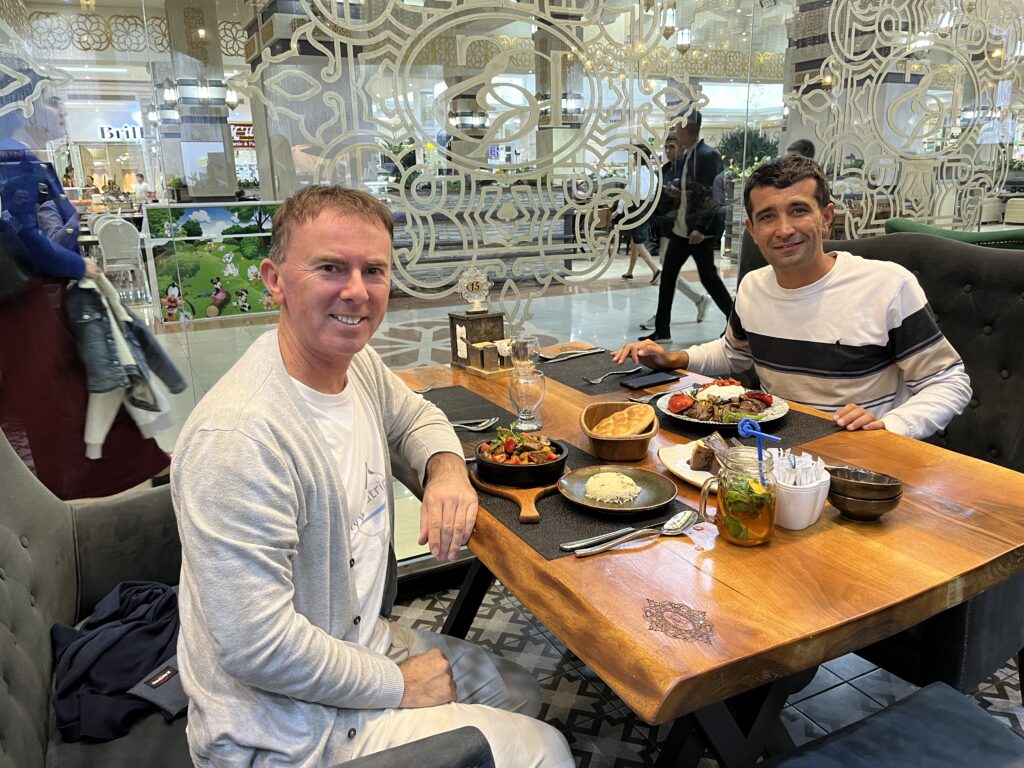
Turkmenistan, one of Central Asia’s most mysterious and under-visited destinations, offered me an unforgettable journey through its majestic deserts, ancient ruins, and modern wonders. I had the opportunity to explore unique natural phenomena such as the Karakum desert, Yangykala canyon and the Darvaza crater, known as the “Gates of Hell”, to immerse myselves in the history of the ancient cities of Nisa and Merv, and to enjoy the contrasts of the capital Ashgabat. With my guide and driver’s amazing stories and unforgettable views and potholes on the roads that took my breath away, this adventure of traveling in Turkmenistan will stay in my heart forever.


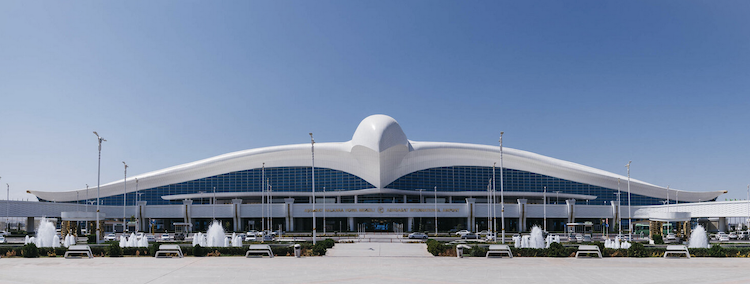
The design of the terminal building is inspired by Turkmenistan’s national symbols. The main terminal takes the shape of a Turkmen Falcon spreading its wings and the edge of its main roof is in the form of Oguz Han’s bow.
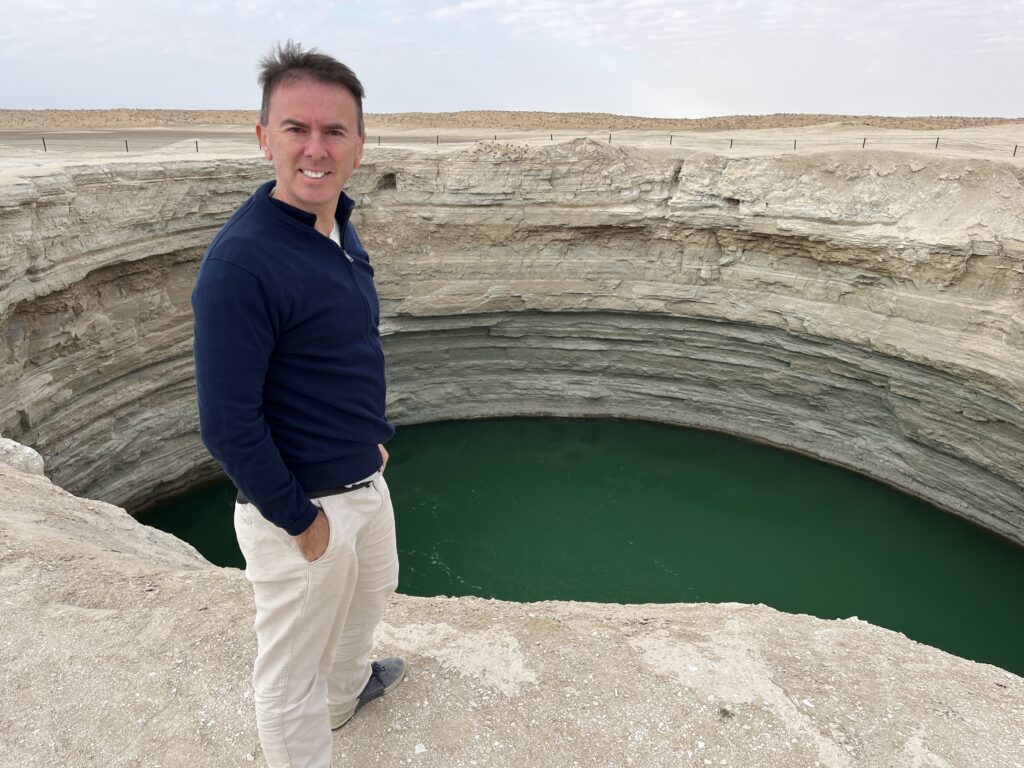
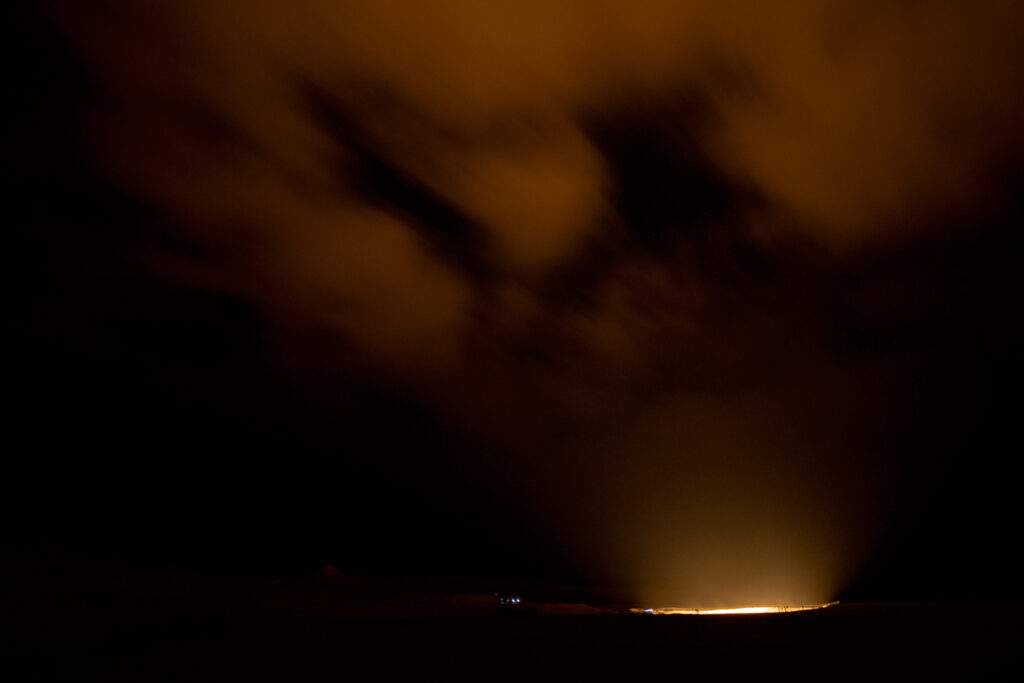
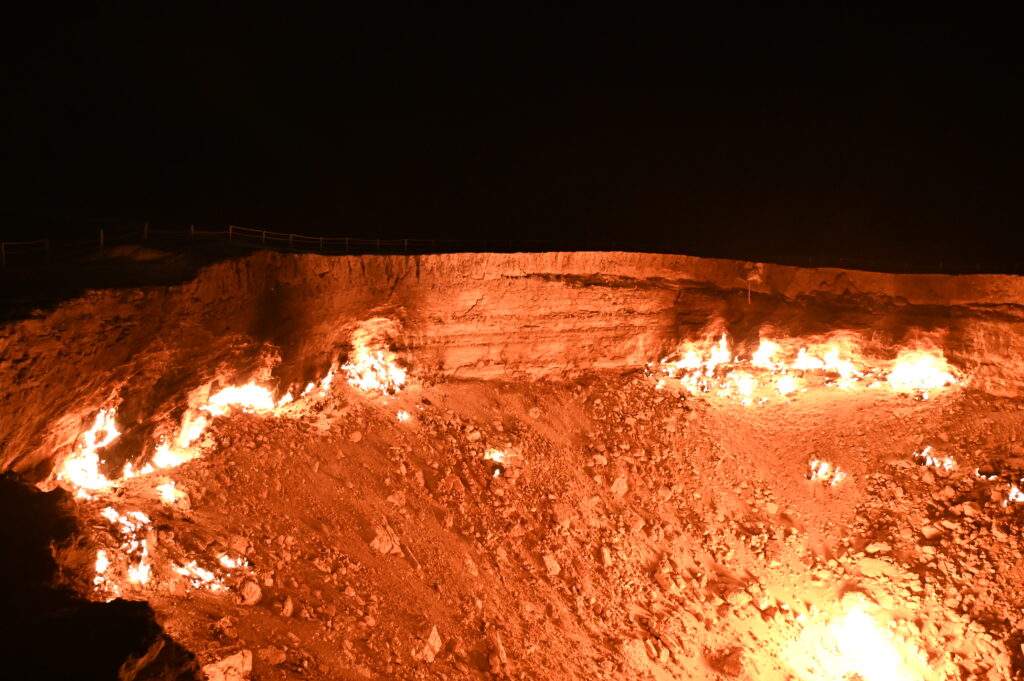
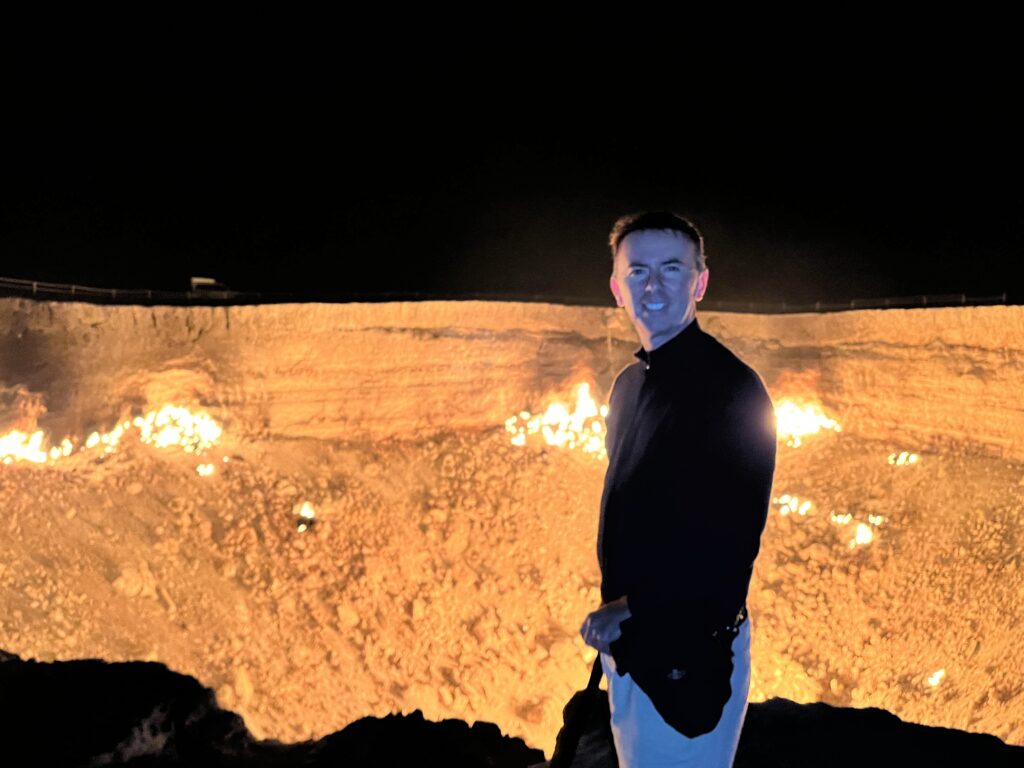
Darvaza or “gates of hell” is unfortunately, not a natural phenomenon, but a manmade disaster. It is actually an experiment gone wrong. The gas coming out of the crater that formed after the collapse of soil was set on fire as it harmed the environment and living space around the area. Update: Authorities in Turkmenistan are preparing to seal off the Darvaza natural gas crater, known as the “Gateway to Hell” by locals, which has been burning for over five decades.
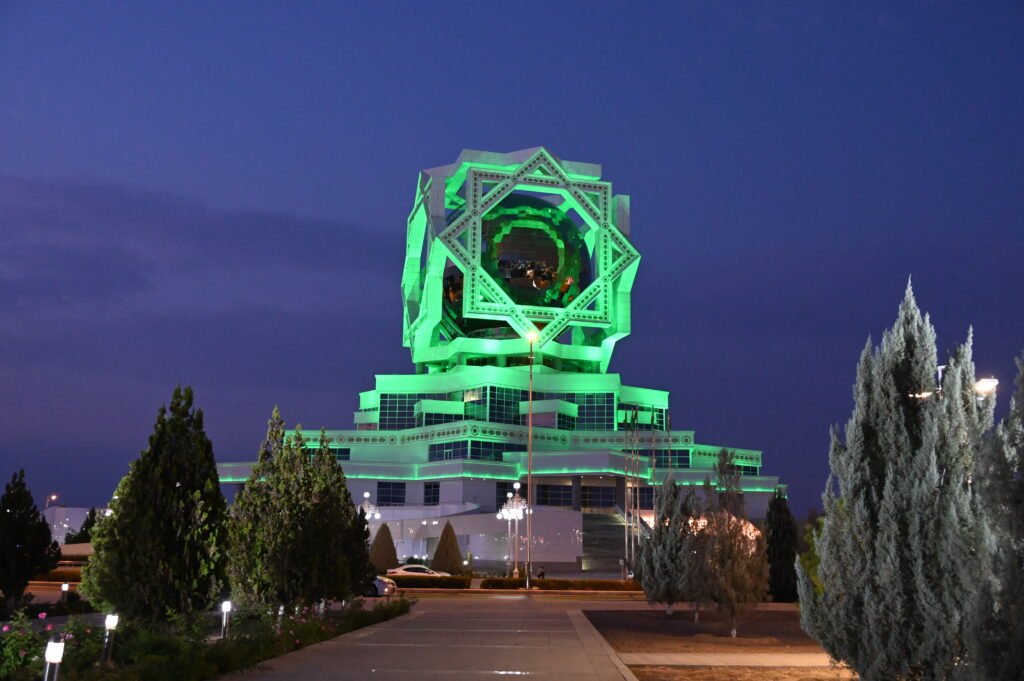
Ashgabat is a city of contrasts, known for its marble buildings and monumental architectural projects. Entire neighborhoods are being built with luxurious modern buildings to live in, but there is rarely anyone to inhabit them. One of the highlights was the People’s Memory Memorial Complex, which pays tribute to the victims of the 1948 earthquake. The tragedy that destroyed the city and claimed the lives of thousands of people, as well as the efforts to rebuild and revive Ashgabat.
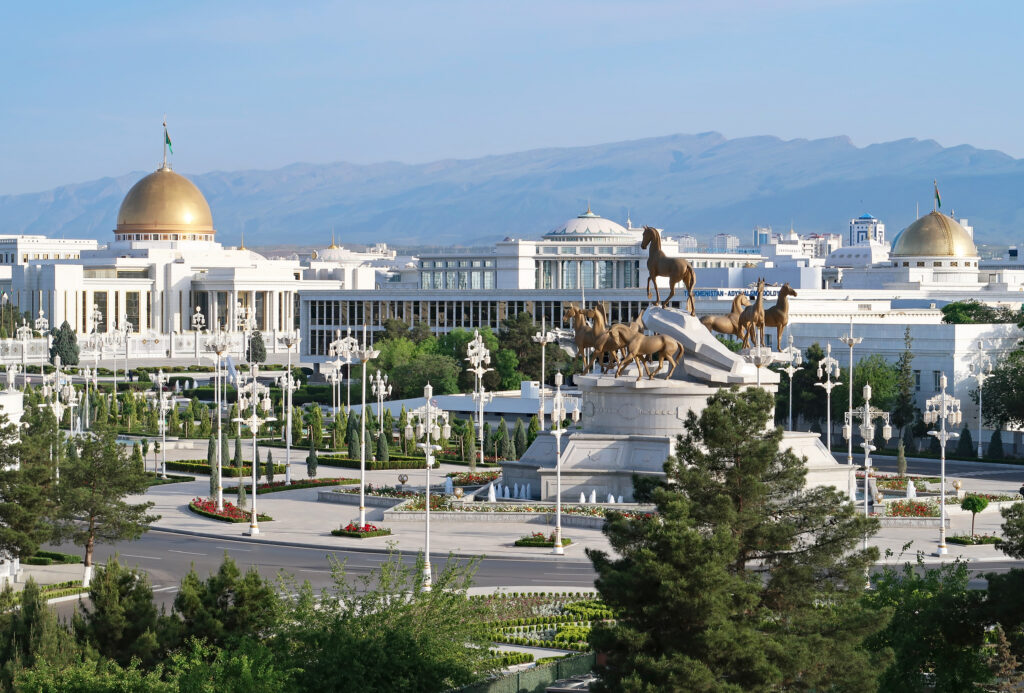
The city is often referred to as the “White Marble City” because of its massive monuments and impressive buildings clad in white marble, most of which are huge in size and stand out from afar. The rulers of the country have an obsession with Guinness World Records and have gone out of their way to claim many of them. During the tour, we passed through huge streets, with policemen patrolling every kilometer, but we didn’t see many civilians, which explains the other name – “The White Ghost Town”. Mostly students and teachers, who can be recognized by the uniforms in specific colors and styles.
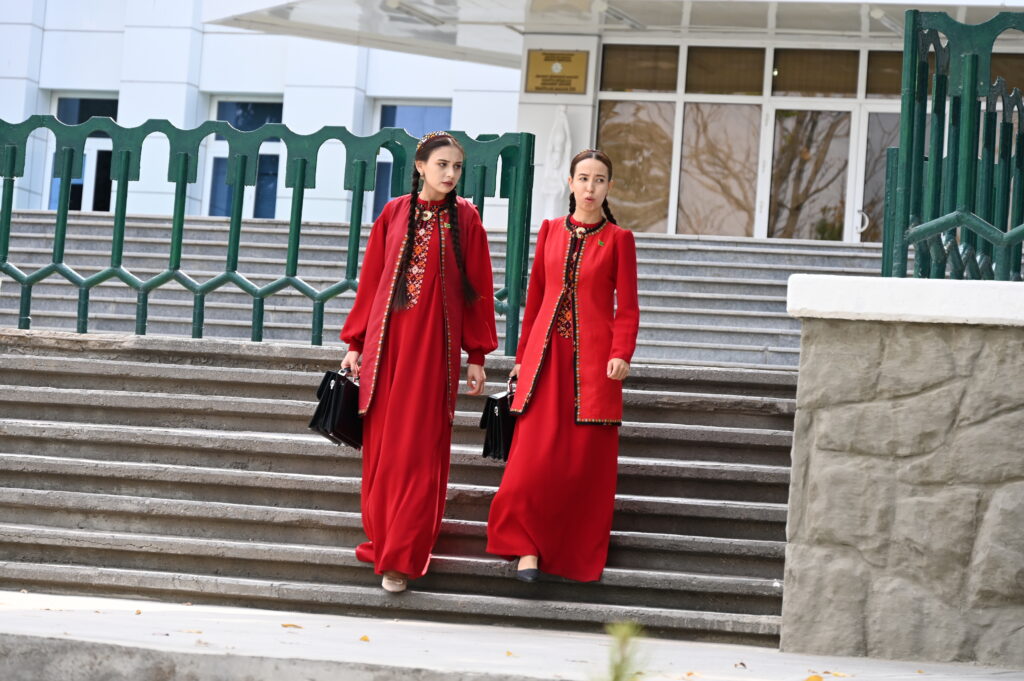
Then we visited Independence Square, where the monumental Arch of Neutrality is located – a symbol of Turkmen neutrality, crowned with the golden statue of former president Saparmurat Niyazov. From the top of the arch, there is a panoramic view of the entire city, which is especially impressive in the evening, when the lighting of the buildings gives Ashgabat a magical look.
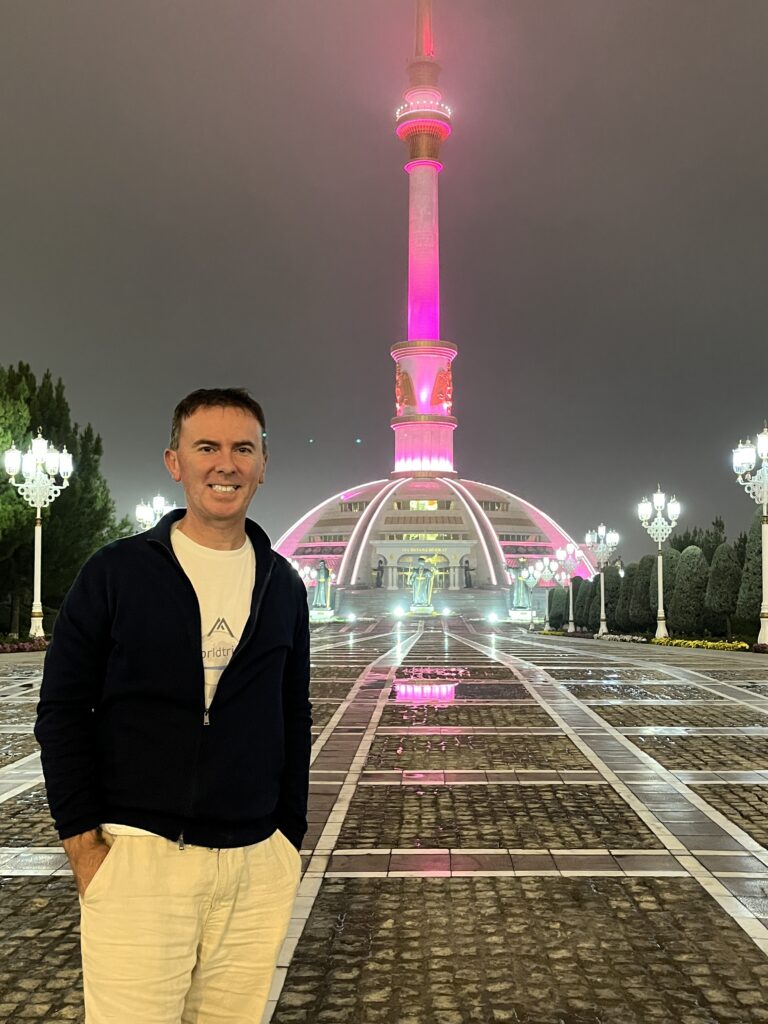
We also walked through the newly built neighborhoods, which are distinguished by their modern architecture and wide boulevards, as well as the older ones, with dozens of white cars parked (another car color is almost impossible to see in the city), and children playing on the playgrounds. We also visited the Ertugrul Gazi Mosque, which with its exquisite domes and minarets is one of the spiritual hearts of the city. We ended the day with dinner at a local restaurant where we tried delicious international dishes, a nice change from roadside eateries, and their limited selection. Ashgabat left us with a sense of grandeur and modernity combined with a deep respect for the history and traditions of Turkmenistan. If there was one thing this city lacked, it was people.
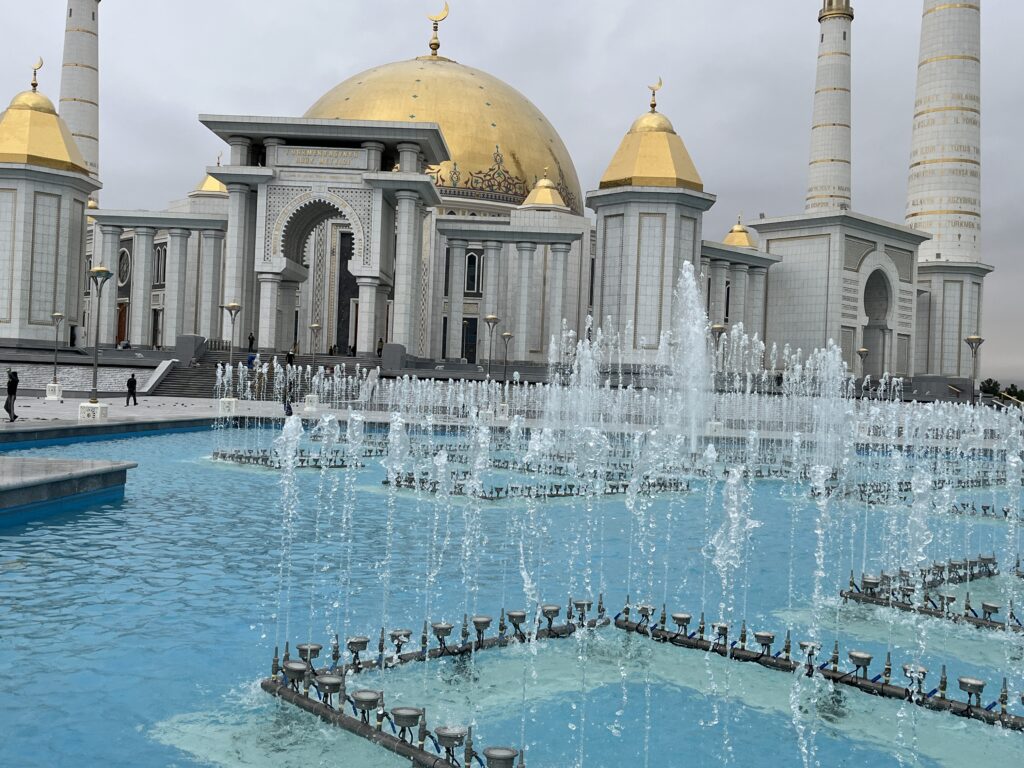

The “fiery fortress” at Yangykala canyon was carved out of limestone 5,5 million years ago by the disappearing Tethys sea. At one point, the Amu Darya ran its course right into the Caspian Sea, and over time, it created some magnificent landscapes on the way.
TRAINS IN TURKMENISTAN
Turkmenistan is covered 80% by the Karakum Desert, which is now home to much of the train track in the country.
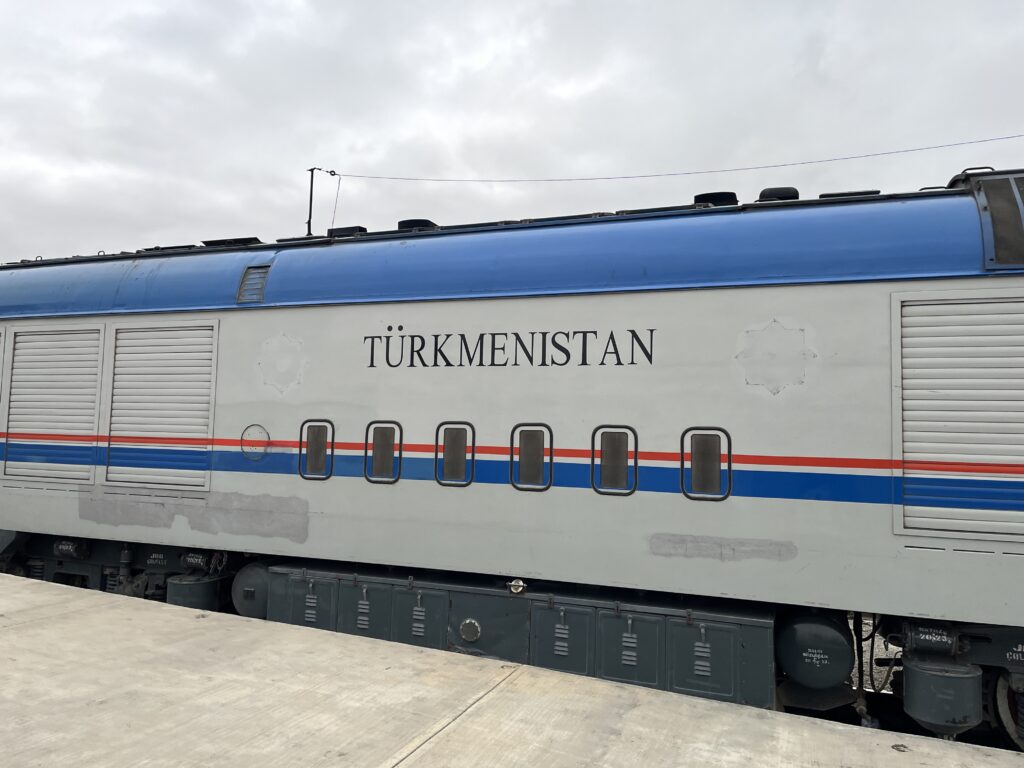
Capital Ashgabat is the hub and journeys seem to be almost exclusively inter-city with little or no stops in between.
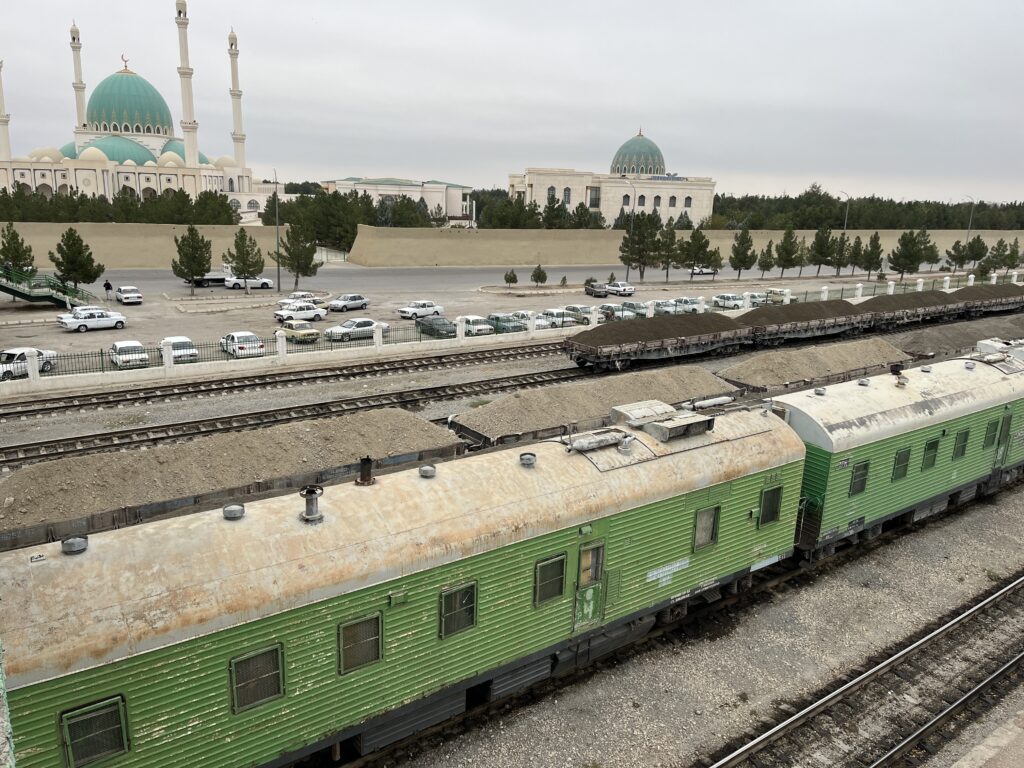
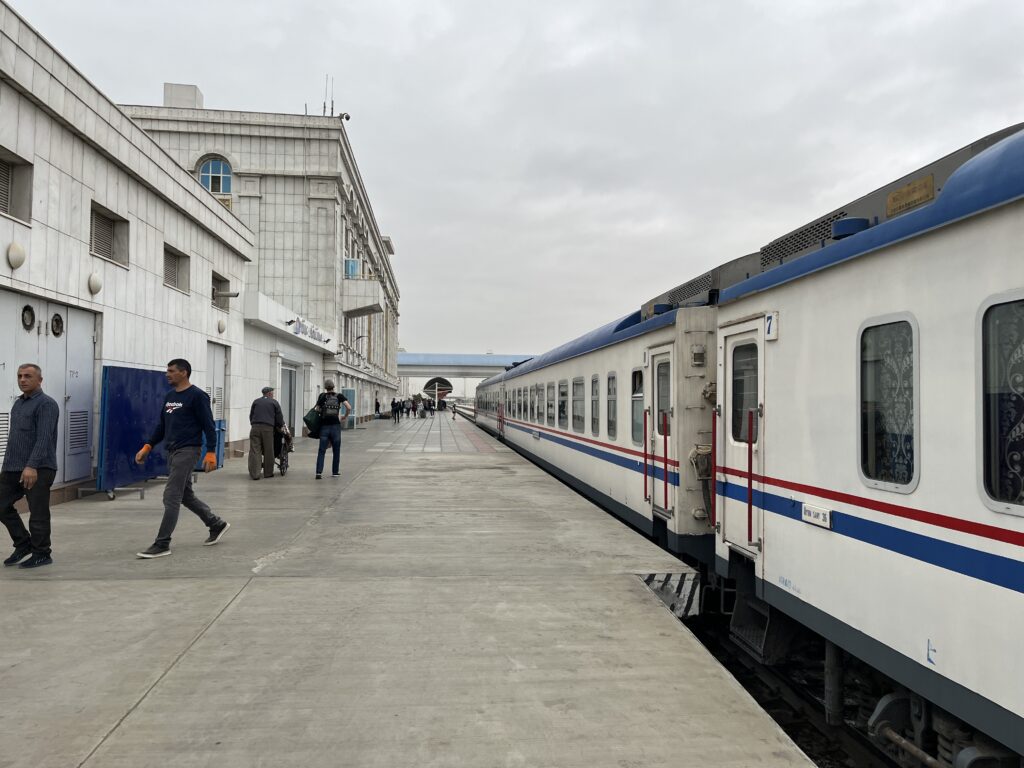
The main routes are west to Turkmenbashi on the Caspian Sea, north to Dashoguz close to the Uzbek & Kazakh borders and east to Mary & then Turkmenabat, also on the Uzbek border.
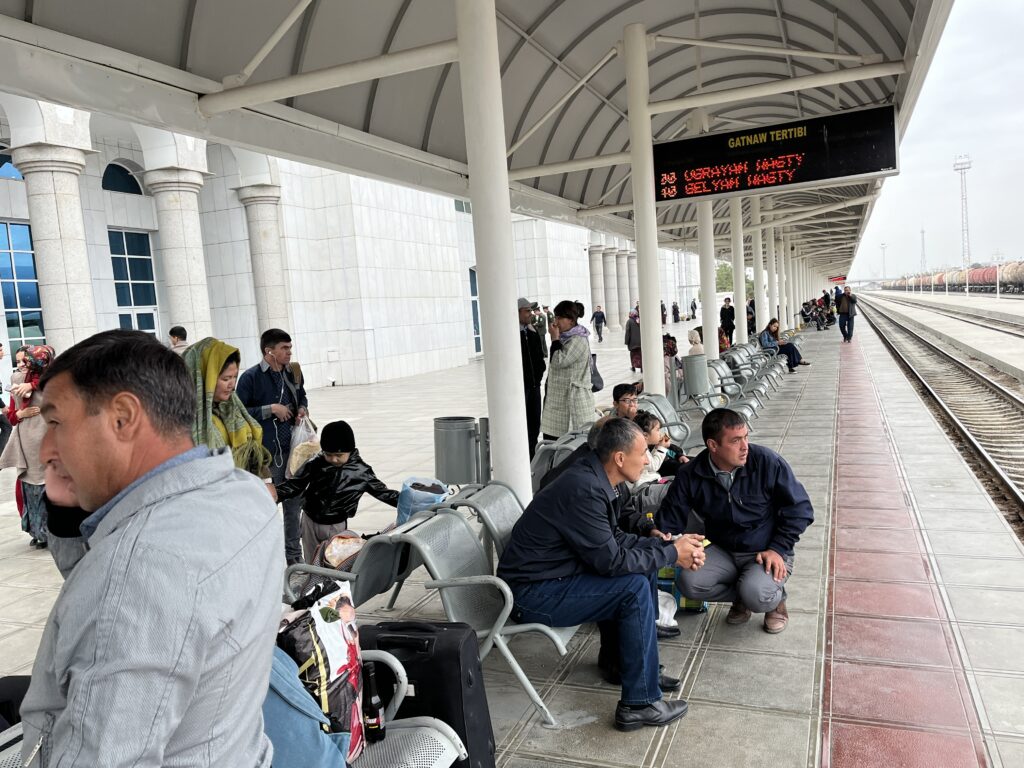
The incredible Yangikala canyons. Carved out by an ancient retreating sea, makes for surrealistic shapes.
Very remote and isolated.
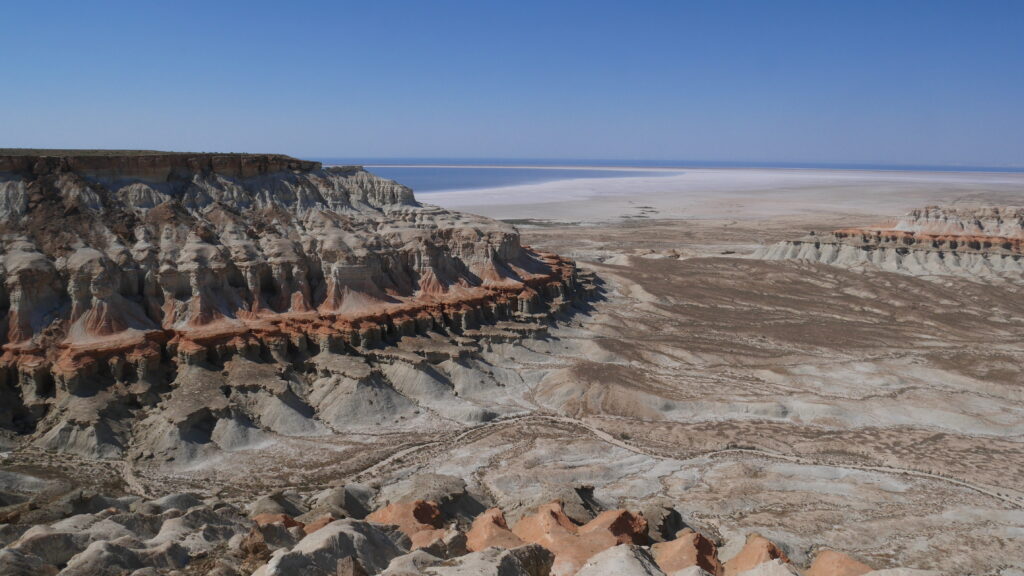
Amazing place ! Surrealist shapes in the shadows of the desert. This area is close to Kazachstan, there are many similar landscapes aswell.
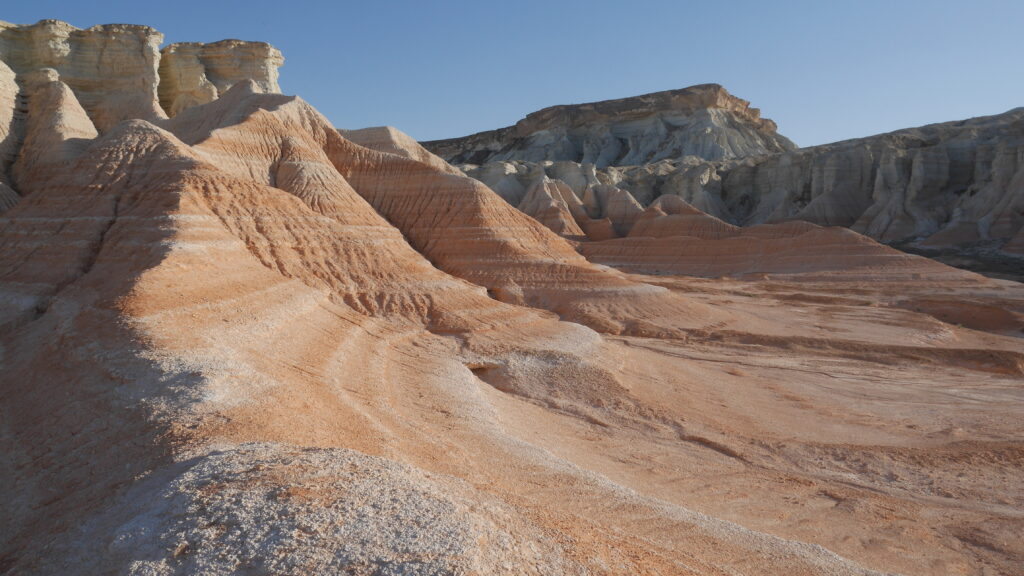
Akhal Teke Horses
One ofe the nice surprise during this trip: the famous Turkmen horses called Akhal Teke, we visited a farm near Goekdepe, about 50 km west of Ashgabat. There the owner showed the horses and explained about their importance to Turkmen culture.
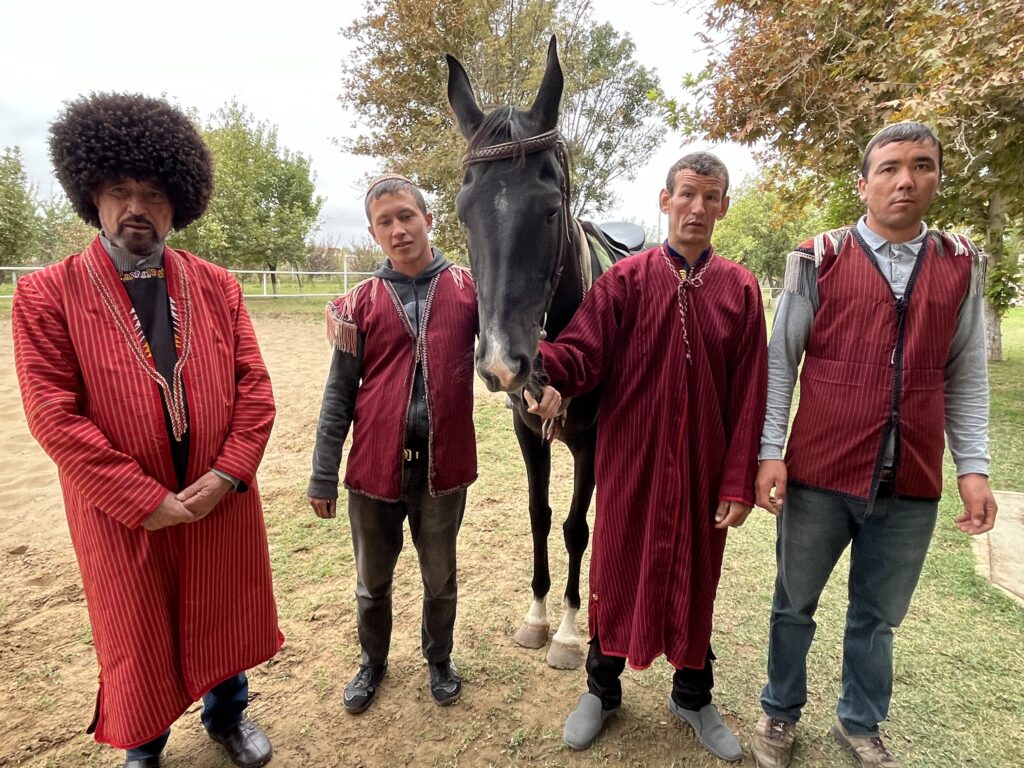
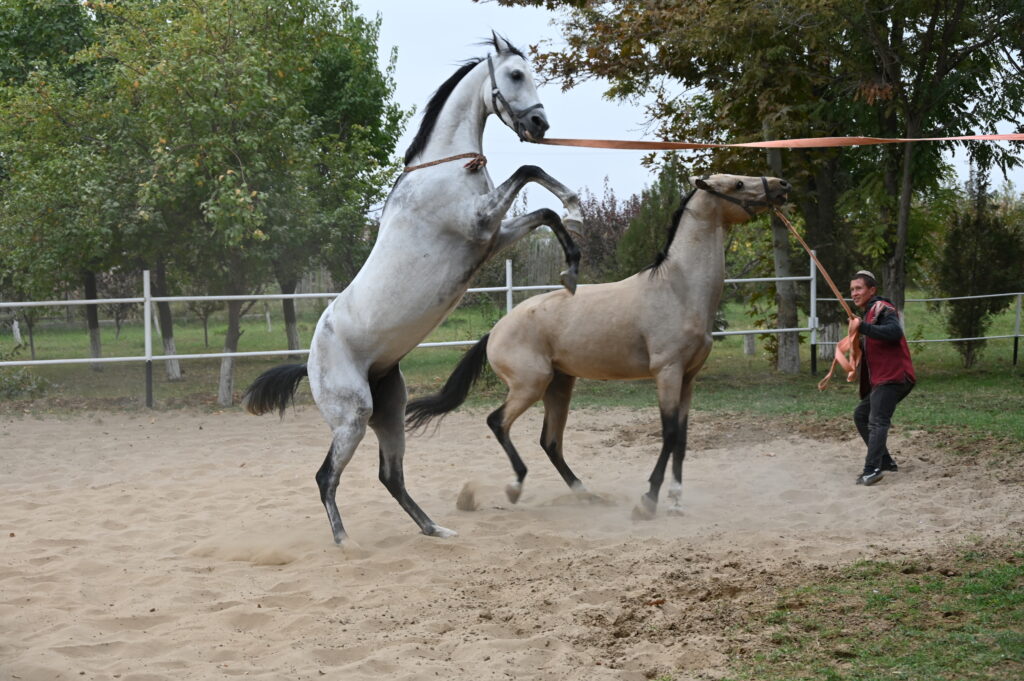
Old Nisa
OLD NISA fortress is a UNESCO World Heritage site as it was one of the earliest cities of Parthian Empire. It is located in an atmospheric area on a hill, at the foot of the Kopet-Dag Mountains. 14 hectares in size, the fort accommodates two semi-excavated complexes of Parthian period (III c. BC – III c. AD) structures, designated as royal residence and temple complex.
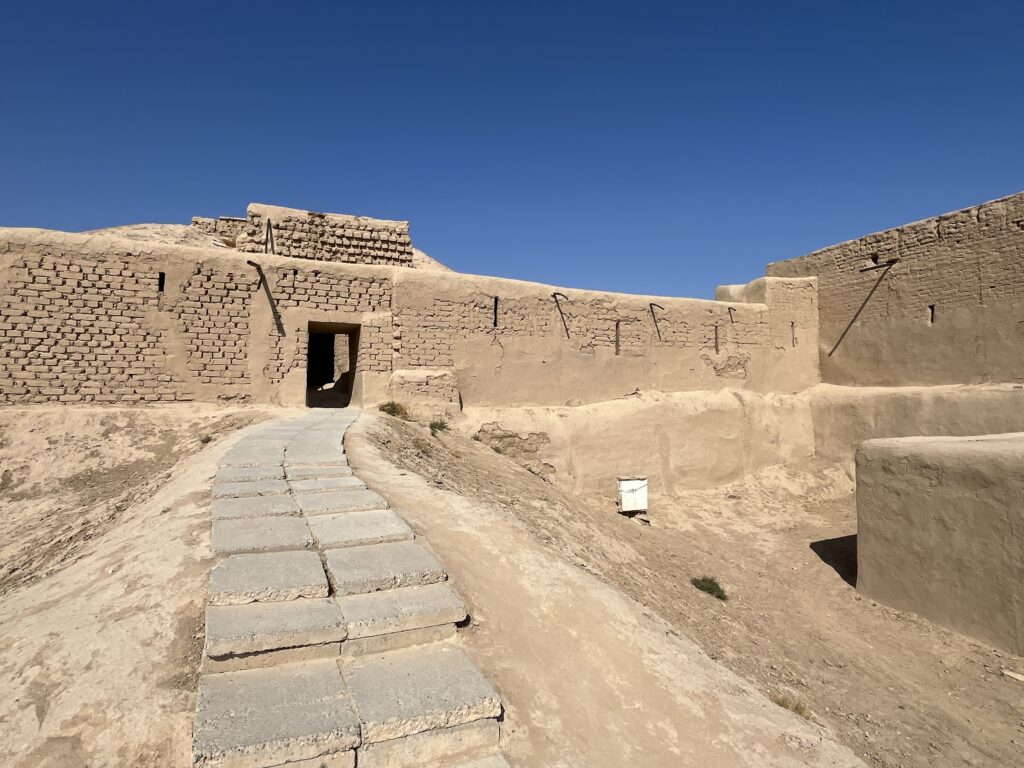
Turkmenbashi Ruhy mosque and mausoleum
The Turkmenbashi Ruhy mosque, also known as the Gypjak Mosque, is located not far from Ashgabat, around 15 km away. It is located near the hometown of the first President, and near this mosque, there is also his family mausoleum.
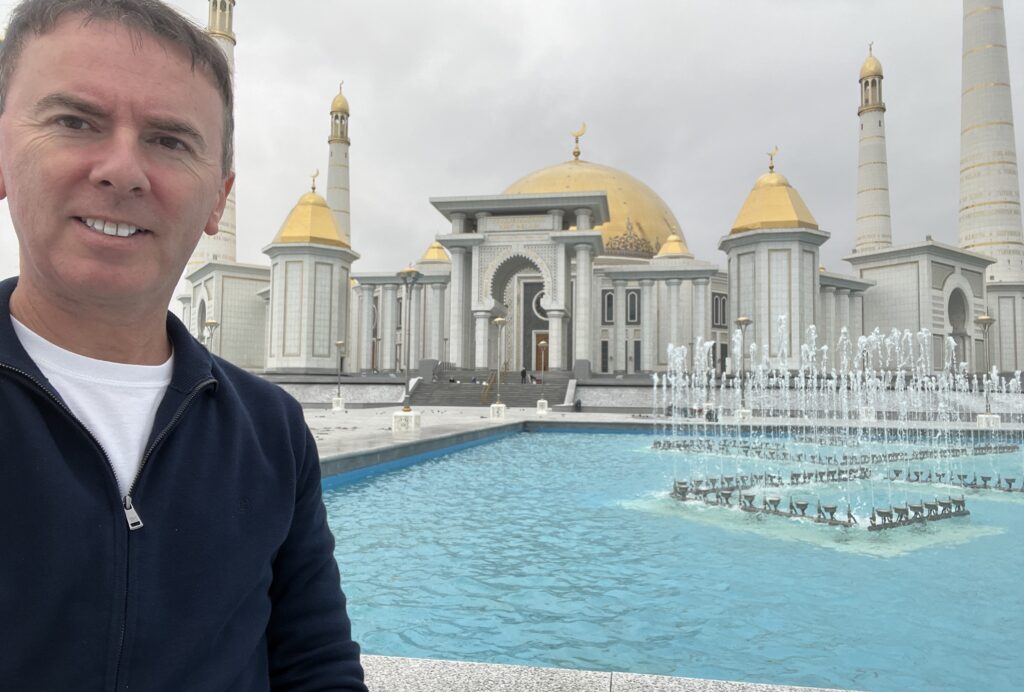
Halk Hakydasy Memorial Complex
Another large complex opened in 2014 and is dedicated to those killed in battles in the long history of Turkmenistan, including soldiers killed in WWII and victims of the 1948 earthquake. On October 6, 1948, almost two-thirds of the population of Ashgabat was killed, and most of the buildings in the city were destroyed in the earthquake.
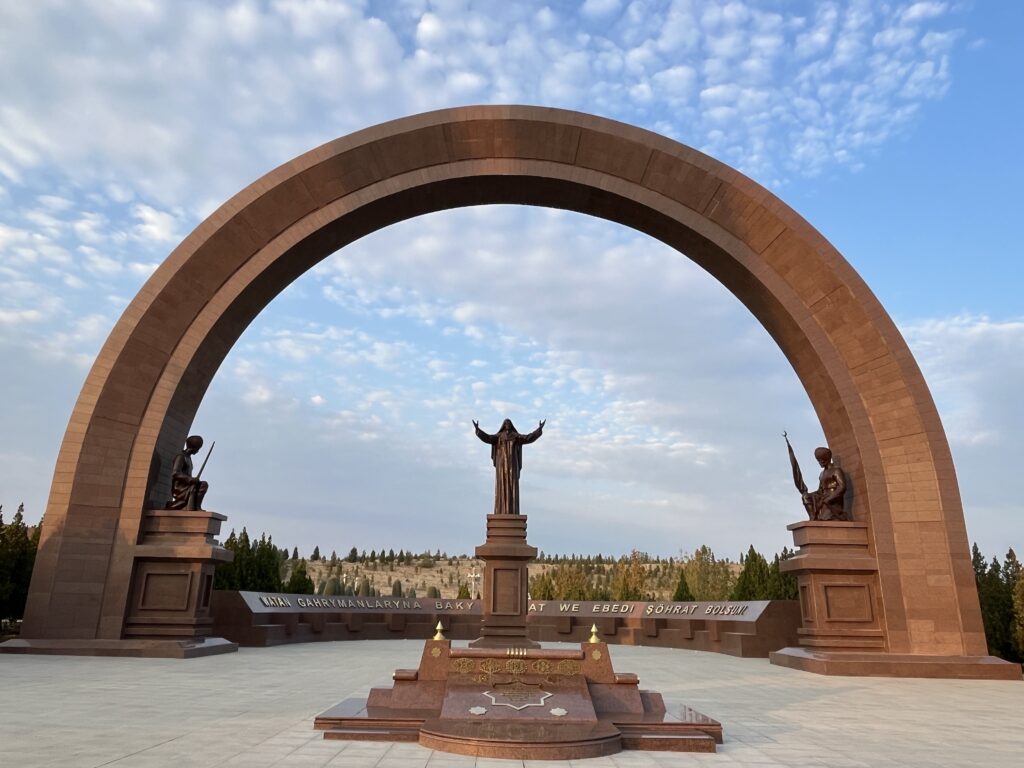
Alem Entertainment Center
The largest Ferris Wheel indoors is another Guinnes Record and was inscribed as such in 2012. Its diameter is 57 meters and has 24 cabins inside.
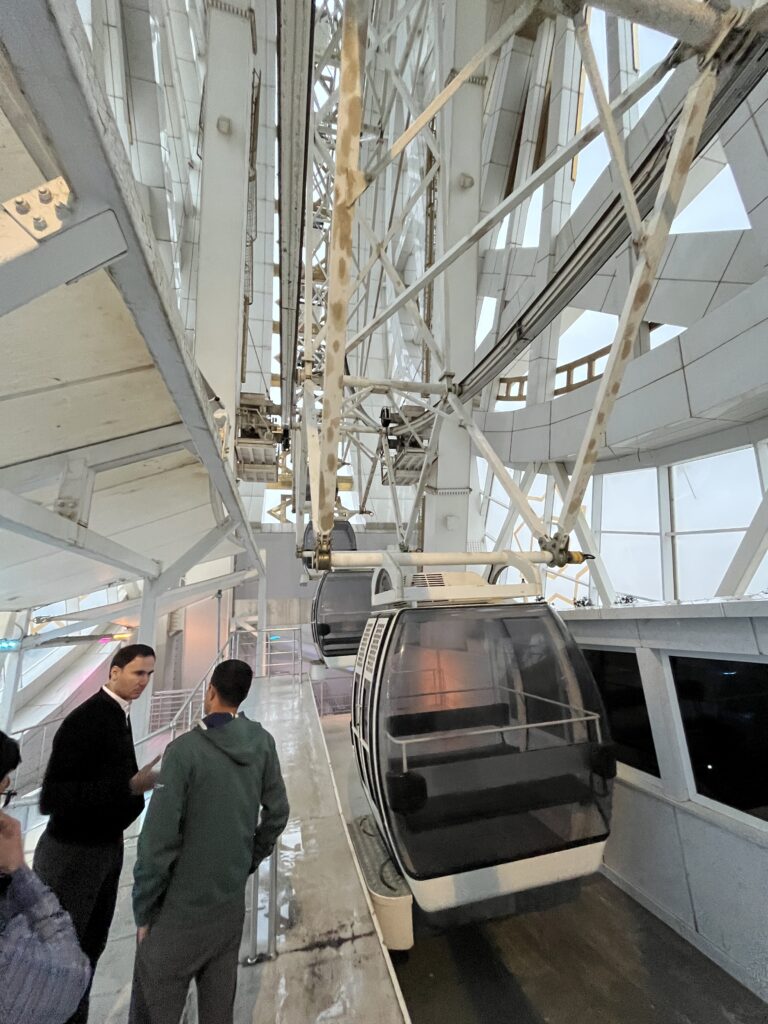
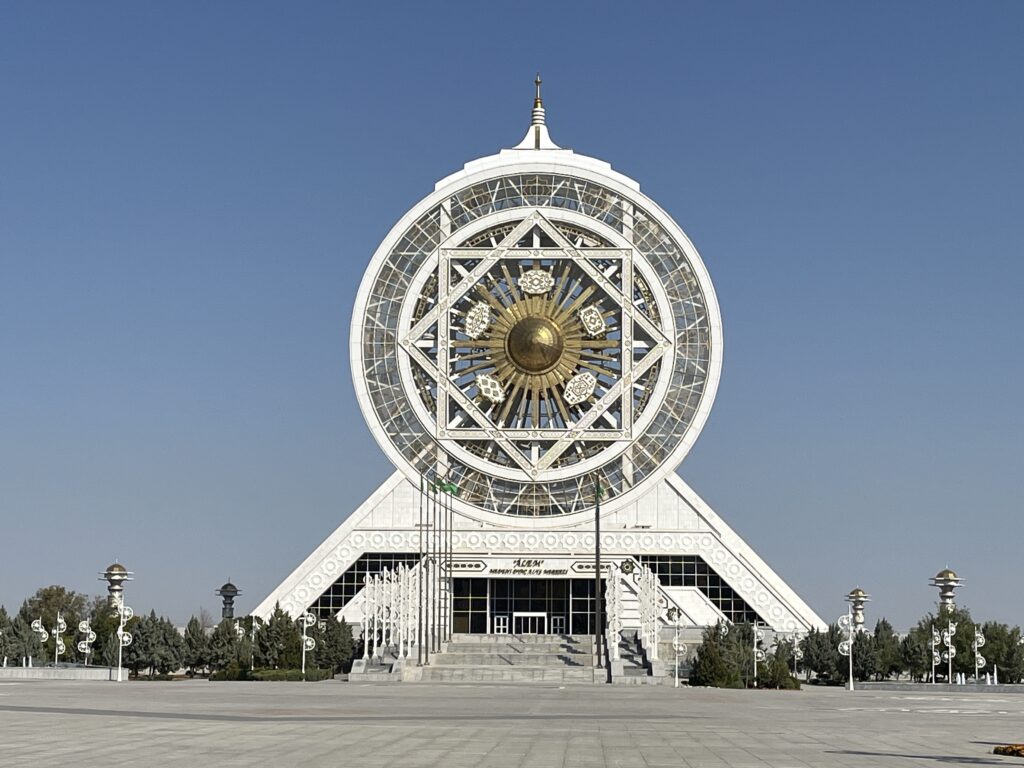
The wedding palace was built in 2011 and has 11 floors. Even though you cannot go inside, it is worth visiting, as you might be lucky to see wedding couples outside.
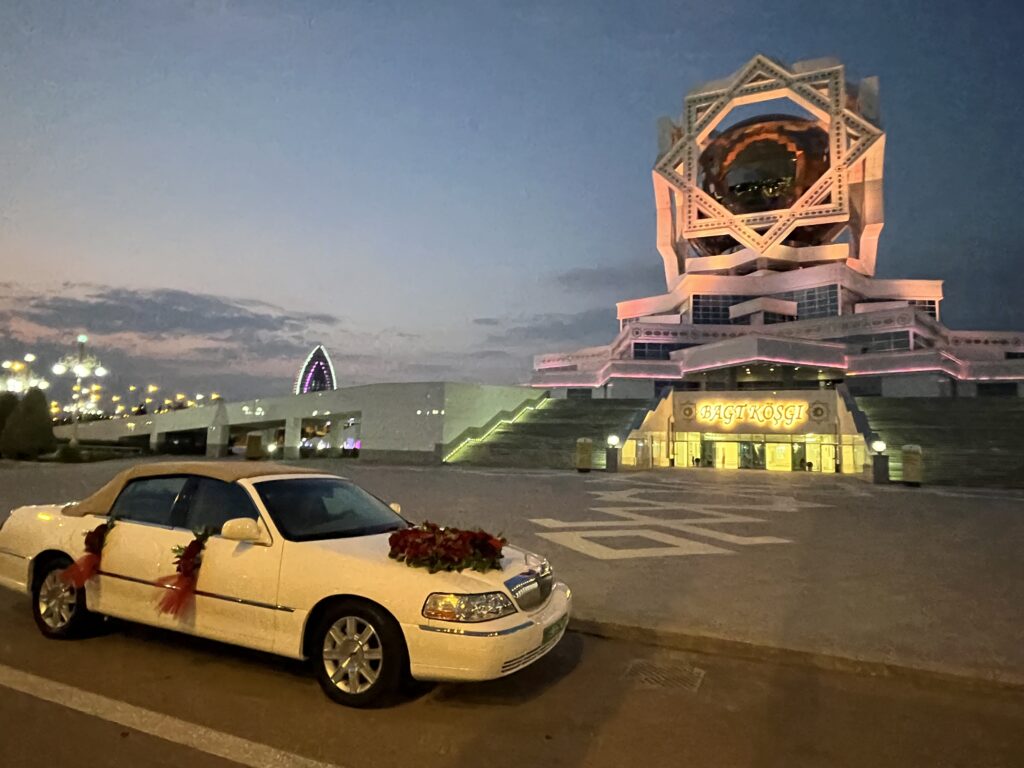
The Arch of Neutrality
The Arch of Neutrality was built in 1998 and dedicated to Turkmenistan’s policy of neutrality after gaining independence from the Soviet Union. It is 95-meters-high, and on top there is a golden statue of the first president of Turkmenistan. It used to stand in the center of the city, but in 2010 it was moved to the outskirts.
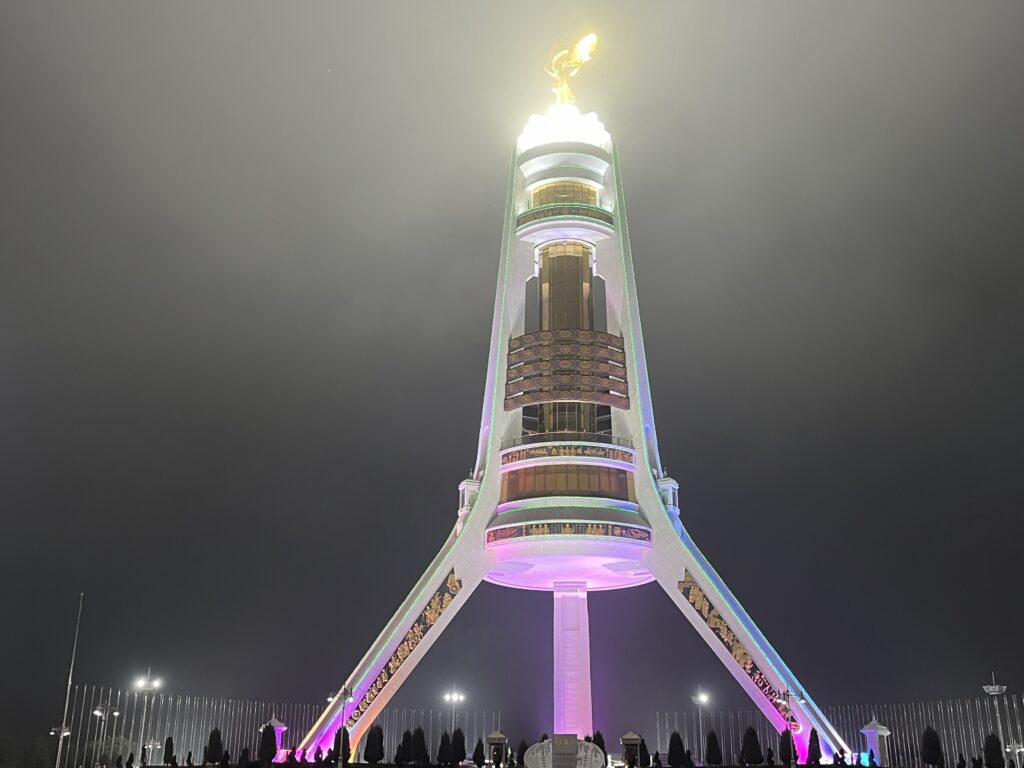
The independence Monument
The independence monument is one of the symbols of the city. The base of the monument symbolizes a traditional yurt. The column on it is 118 meters high and topped with a crescent moon and five stars like on the Turkmen flag. Inside the dome, there is an ethnographical museum, and on top, there is a viewing platform. The main monument is surrounded by 27 prominent and important people in the history of Turkmens.
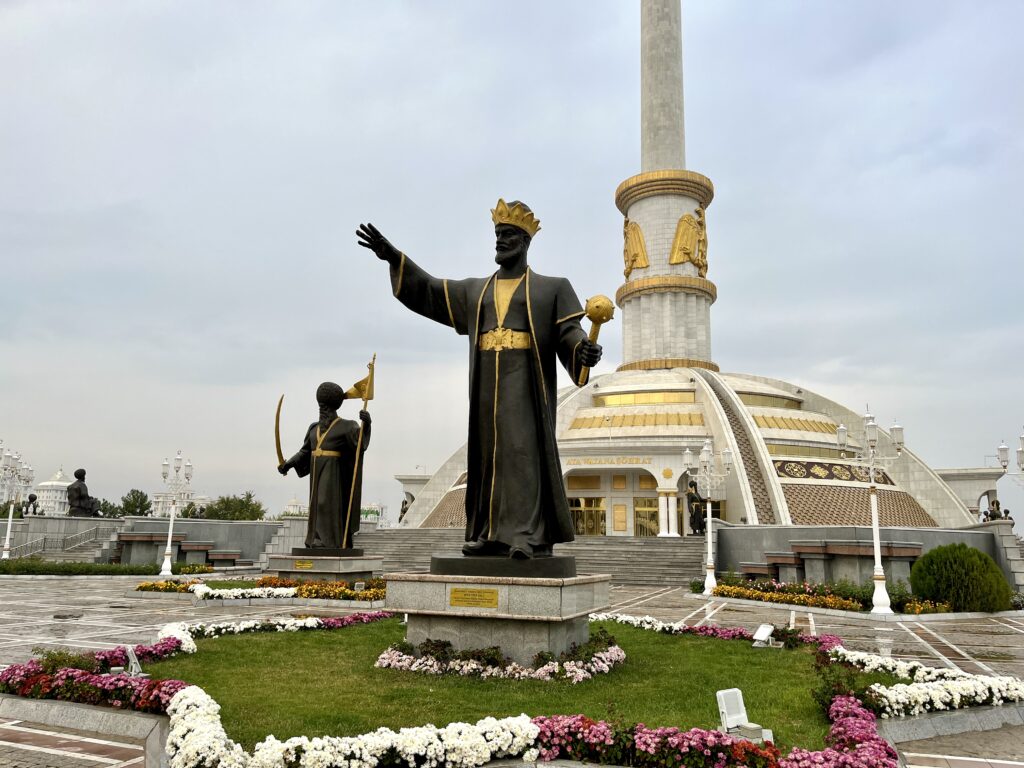
Merv is a UNESCO World Heritage Site and is one of the most important archaeological sites in Central Asia. Here we had the opportunity to see the remains of the ancient city, which has been an important commercial and cultural center for centuries since the 3rd century BC. Walking among the ruins, we could imagine the grandeur of this ancient city and its importance in history.
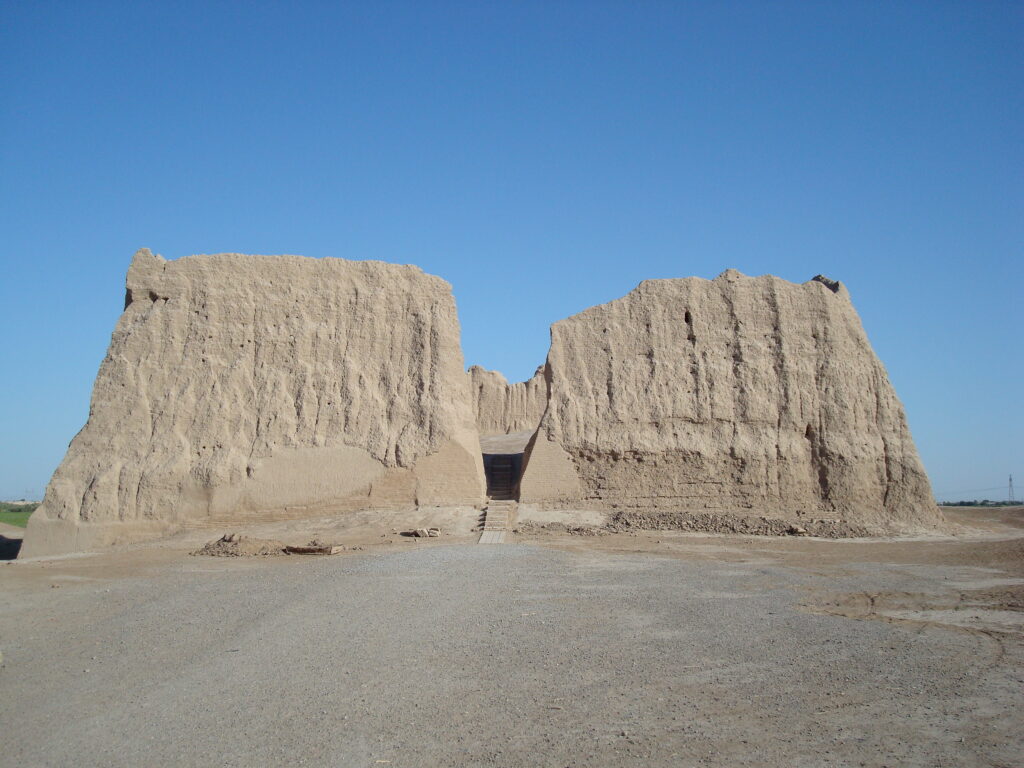
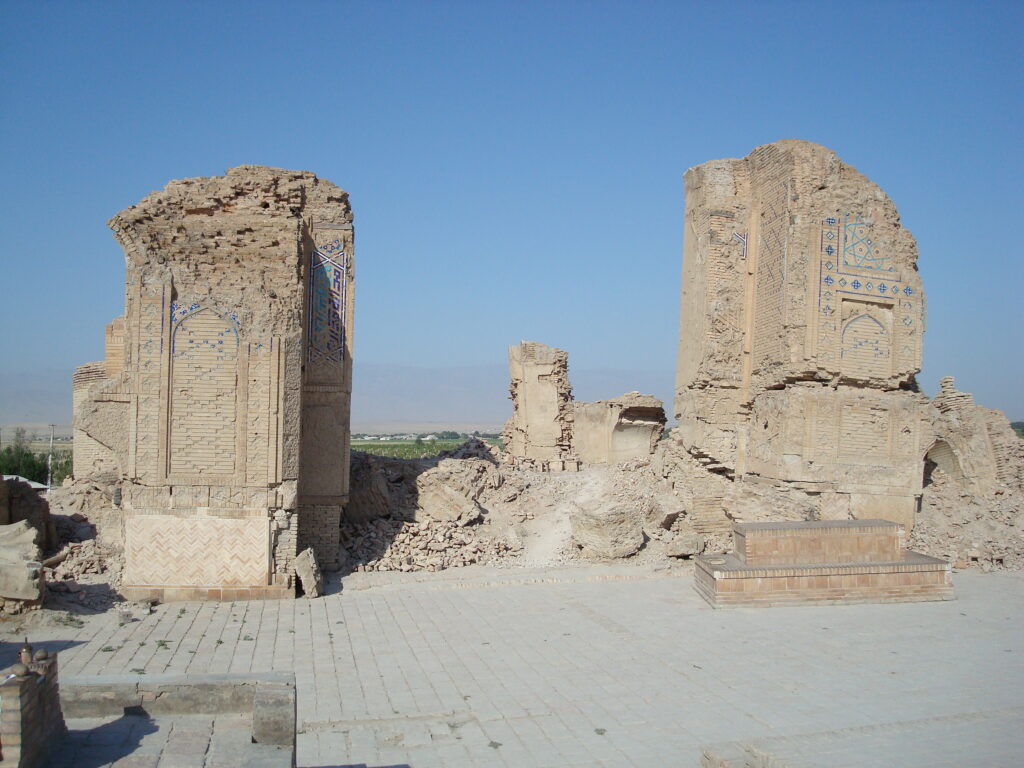
Turkmenistan is home to numerous camels that are domesticated and marked so that each owner can recognize them.
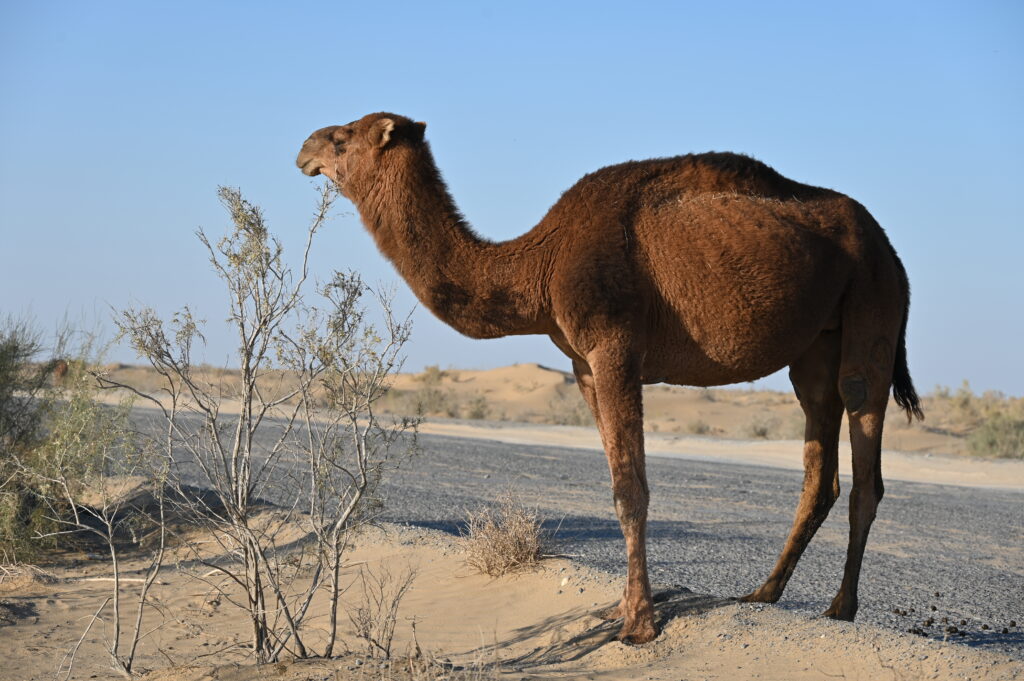
Erbent village, where you can see people still living traditional semi-nomadic lives. One of the most profound sight here is of a nun standing over the burial ground of the men slain in the battle against Soviet Union.
